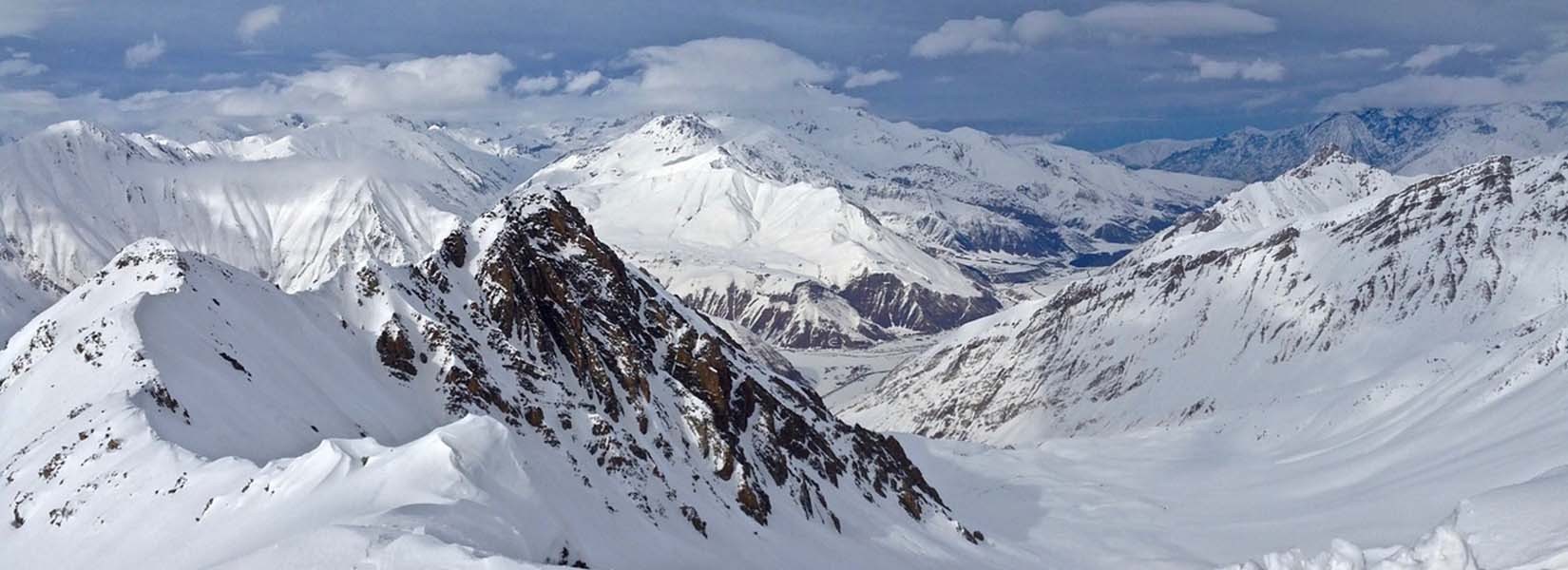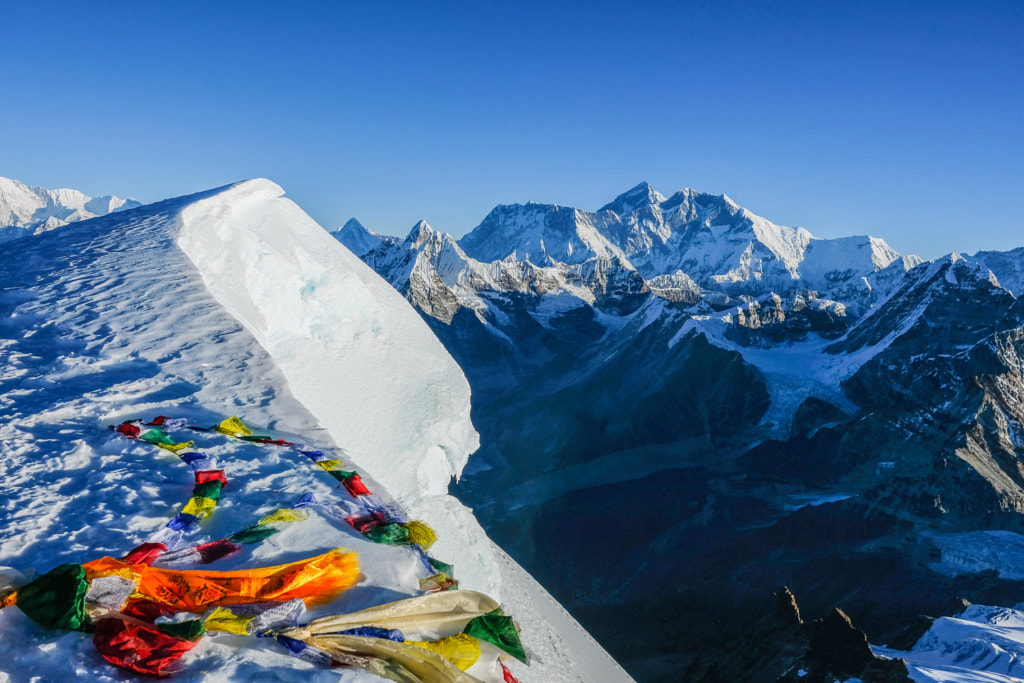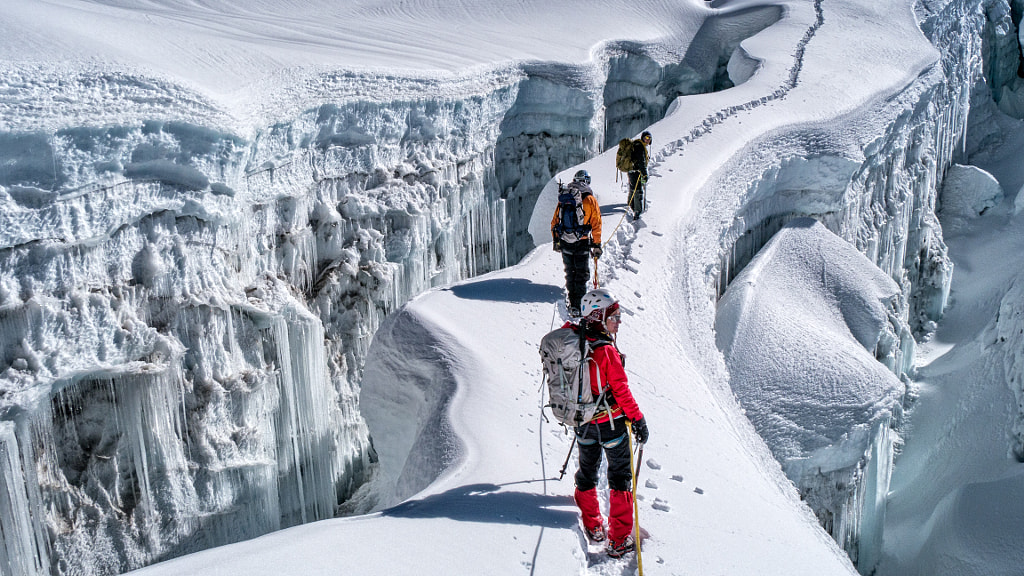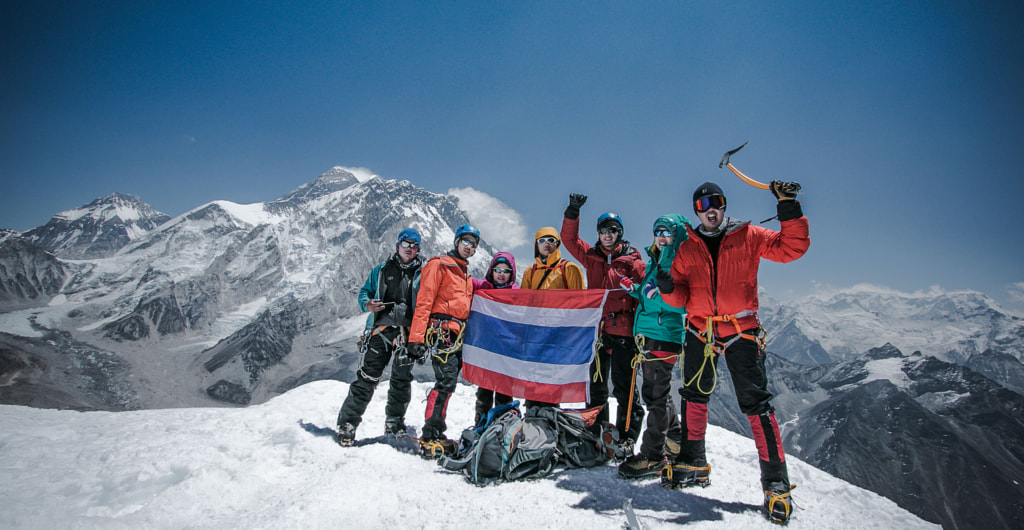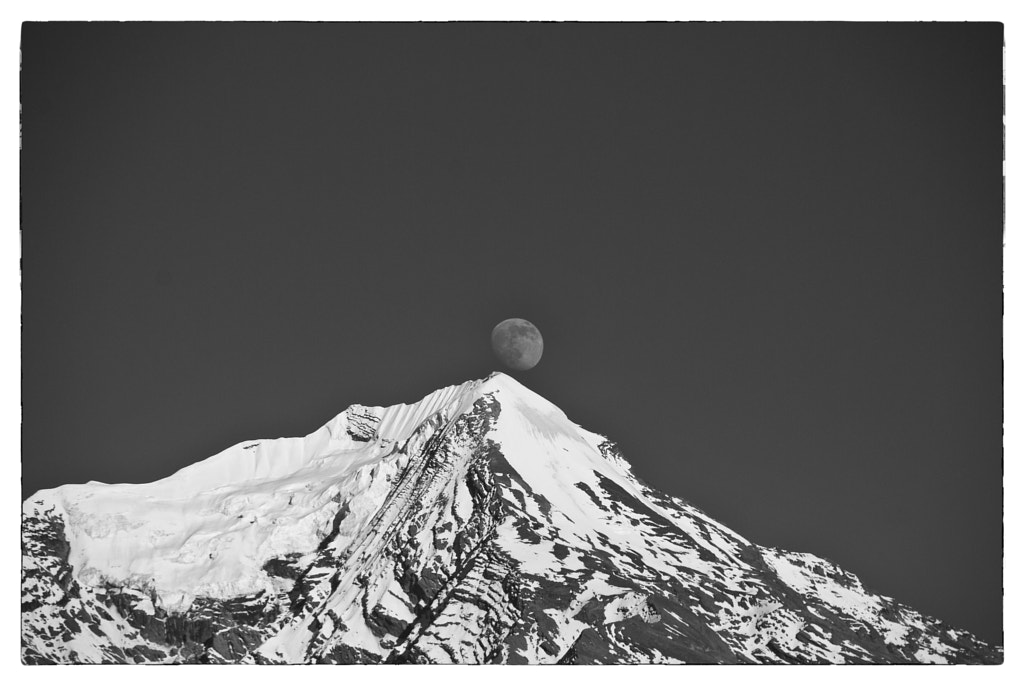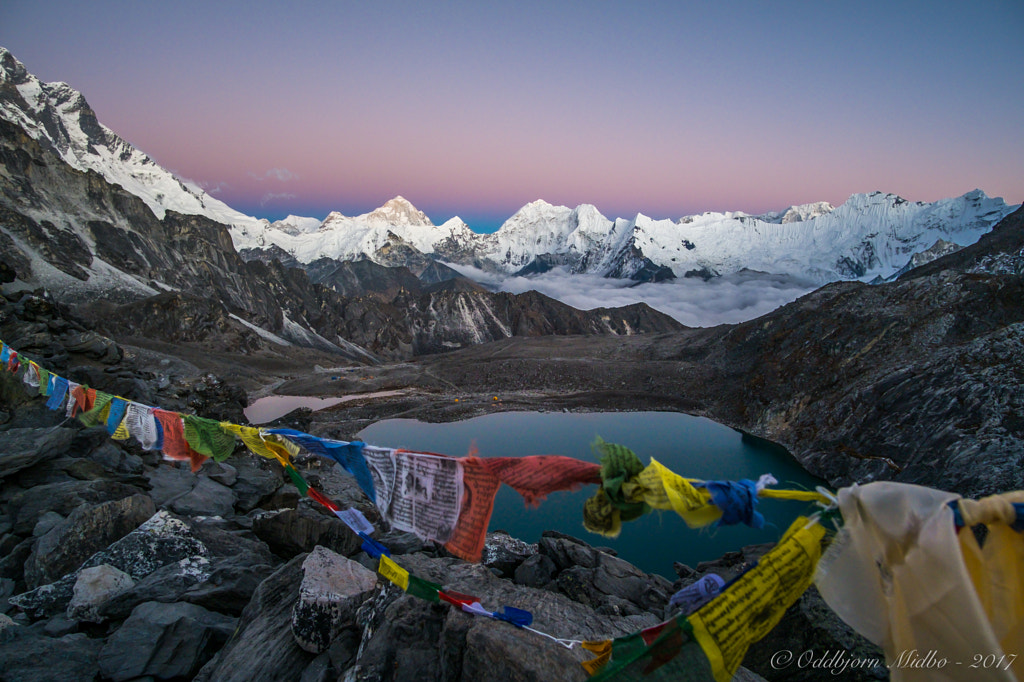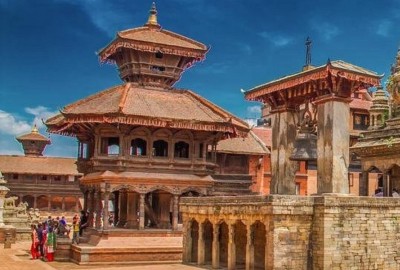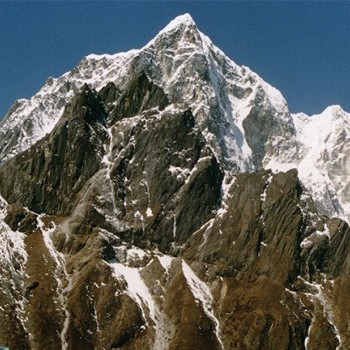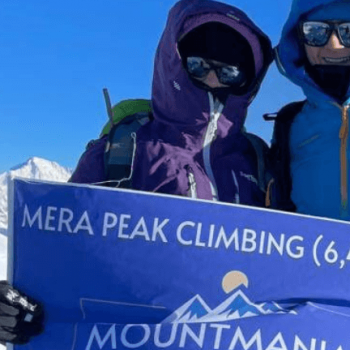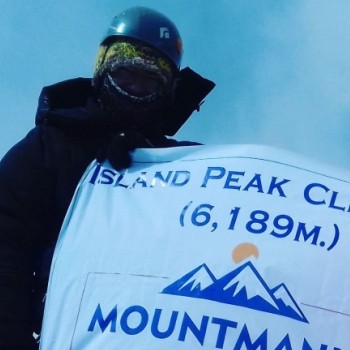According to the Nepal Mountaineering Association, climbing peaks generally fall between 5,000m to 7,000m altitude range. Below we would like to introduce the popular peak climbing in Nepal.
Table of Contents
Plan your trip to Nepal
Customize your trip with help from a local travel specialist.
Mera Peak Climbing (6476m)
Mera peak lies in the Everest region and considers as easier peak climbing in Nepal. It is also known as “Trekking Peak”. It comprises of three summits: Mera North, Mera Central, and Mera South. The First two-person to summit Mera Peak was Jimmy Roberts (who was known by the nickname The Father of Trekking) and Sen Tenzing (who was known by the nickname The Foreign Sportsman) on May 20, 1953.
From top of Mera Peak, you can explore the mountain range of Mt. Everest (8848m), Mt. Kanchanjunga (8586m), Mt. Lhotse (8516m), Mt. Makalu (8485m), Mt. Cho Oyu (8188m), Mt. Nuptse (7861m), Mt. Ama Dablam (6856m), Mt. Lobuche West, and many more.
Island Peak Climbing (6189m)
Imja Tse Peak, popularly known as Island Peak which lies in Khumbu Himalayan Range of Everest Region. The peak was named by Eric Shipton’s’ in 1953, as the peak looks like an island in a sea of ice when viewed from Dingboche. Later in 1983, the peak was renamed as Imja Tse. The peak was first climbed in 1953 by a British team as preparation for climbing Everest. Tenzing Norgay was one of the members who successfully climbed it.
Island Peak can be joined with a trek to the Everest Base Camp as well as a nearby ascent to Kala Patthar Peak (5545m). From Island Peak, you can view Mt. Ama Dablam brilliantly as well as other mountain ranges and Khumbu Valley.
Lobuche East Peak Climbing (6119m)
Situated in Khumbu Himalayan Region, Lobuche East Peak is truly remarkable. Lobuche East (6119m) rises from Khumbu Glacier and Lobuche West (6145m) rises from Lhotse Glacier. Lobuche East is often mistaken for Lobuche West. The first recorded ascent of the true Lobuche East seems to have been made by Laurence Nielson and Sherpa Ang Gyalzen on 25th April 1984. Our guide will help you to discover the close-up view of Mt. Everest, Khumbu Glacier, Everest Base Camp, Mt. Ama Dablam, Mt. Pumori, Mt. Cho Lhotse and other mountain ranges.
Pisang Peak Climbing (6091m)
One of the popular peak climbing in the Annapurna Region of Manang Valley, Pisang Peak can be a perfect choice for beginners who like to experience the trekking peak. It lies around Annapurna Circuit Trek.
Pisang Peak offers a gorgeous panoramic view of the entire Annapurna range: Himlung (7126m) and Manaslu, (8163m) to the northeast; Annapurna II (7937m) and IV (7525m) to the south; Gangapurna (7454m) and Annapurna III (7555m) to the west, Tilicho Peak (7134m).
Pokalde Peak Climbing (5806m)
Pokalde Peak, one of the shortest and easiest trekking peaks which lie in the Everest Region. It is also known as Rocky Peak. Despite its lack of any great technical difficulty, it offers trekkers the prospect of reaching 5,800m in elevation and amazing views from the summit, particularly to the South East, North West, and West. Other Mountains visible from the summit include Makalu, Ama Dablam, and Pumori. Because of its relatively low difficulty and impressive summit view’s for this altitude, Pokalde is a popular commercial tourist peak in Nepal for those wishing to climb a Himalayan peak without needing to use any climbing gear.
The above list of peak climbing is just an overview of popular trekking peak in Nepal. The major objective of this post is to provide information on climbing peaks. So, Best of luck for peak climbing for the coming season in Nepal.
For more information. You can leave your message in the inquiry box below.

